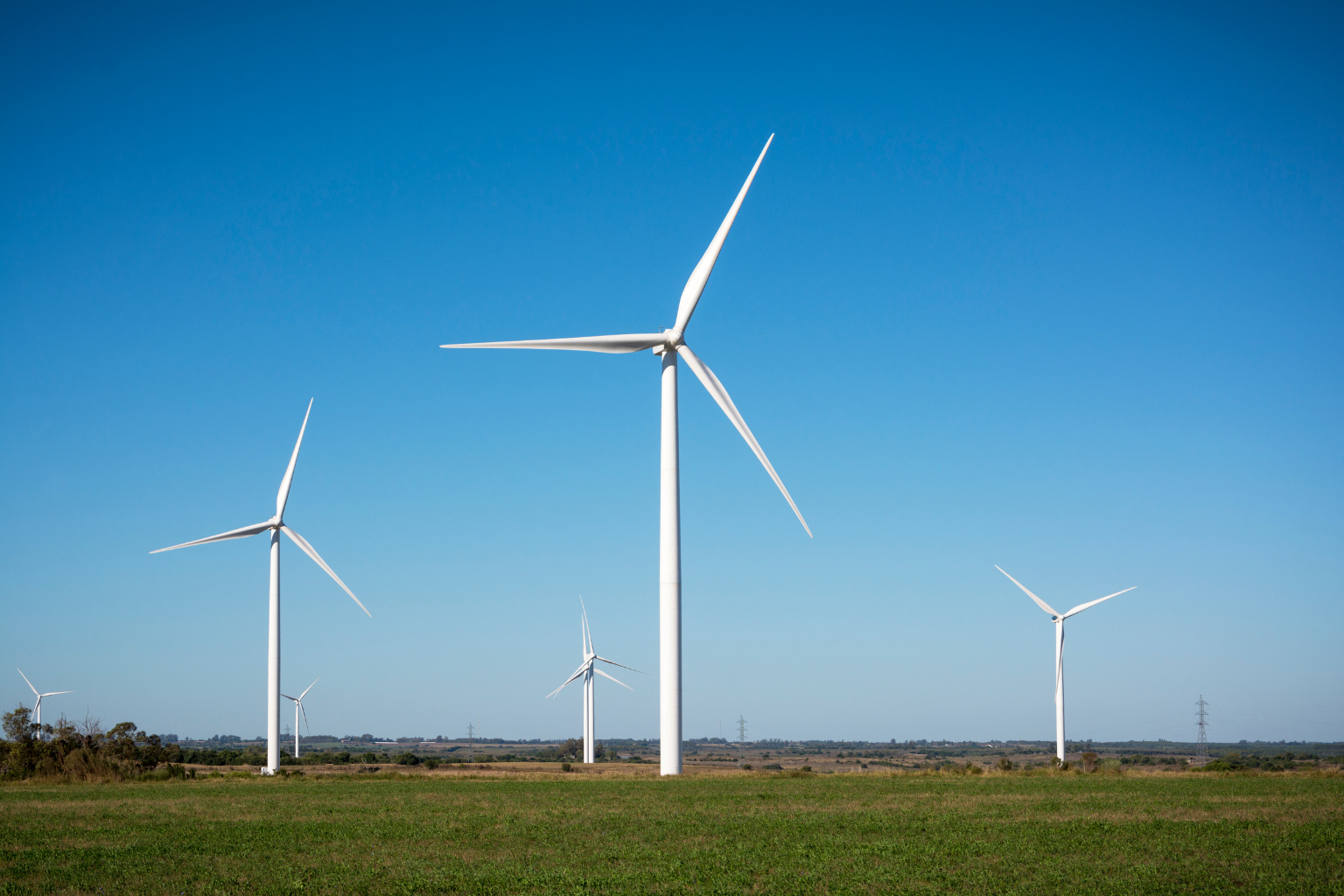Rethinking New Jersey’s Energy Strategy for Real-World Relief

As utility rates rise and power sources are unpredictable, New Jersey’s energy condition is stretched. An ambitious electrification and renewable energy plan failed, demonstrating the gap between ambition and reality. Energy policy must combine affordability, reliability, and environmental goals.
Power price fluctuations hurt many state households. Multiple utility territories have seen double-digit energy bill hikes in recent years, straining family budgets and raising concerns about future rises. This is about energy security, not cost, as demand rises and supply falls.
The Energy Master Plan aggressively phases out natural gas and invests extensively in wind, solar, and electrified infrastructure in New Jersey. Making homes, cars, and industries zero-emissions is admirable. Infrastructure constraints, energy market fluctuations, and the necessity for uninterrupted electricity have slowed development.
Recent research demonstrates that New Jersey’s electricity generation has fallen over the previous decade despite increased imports. Major offshore wind projects, once considered the crown jewels of the transition, have stalled or been abandoned, reducing public income. These setbacks warn against overusing intermittent energy.
New Jersey must redeploy natural gas and nuclear electricity as backups to protect customers and the grid. Preserving baseload generation assets throughout grid changes is smarter. Small modular reactors and advanced gas plants can help if renewables fail. The energy mix can change as storage and clean technology increase, but not soon.
Cost must be considered in energy planning. Low- and moderate-income households spend more on utilities. Without protections, the change could worsen inequality and poverty. New Jersey has various vulnerable-person programs, but coverage is low. Outreach, simplified enrollment, and tailored rates are needed for low-income families.
Replace bad timelines and policy constraints with data-driven grid modifications. To indicate how changes will effect each community, policymakers should share financial burdens and deadlines. Energy policy without clarity and flexibility hurts people who seek heat, lighting, and a level playing field.
A New Jersey energy policy shouldn’t be all-or-nothing. Instead, it should shift by diversifying sources, protecting customers with calibrated affordability, and investing in proven clean technology. By combining practicality and inventiveness, the state can power everyone.
Sources
NJBIA
Brattle Group
NJ Opinion
NJBiz
Consumer Energy Alliance




